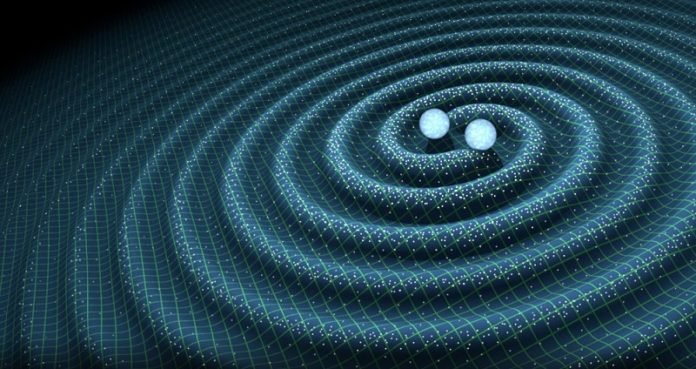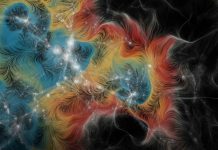
Physics has two superb theories explaining our universe.
The problem is no one can join them together.
Einstein’s general relativity describes how physics plays out on the scale of the universe, with gravity as the main actor.
Meanwhile, quantum mechanics and the standard model make detailed predictions about the processes at the subatomic scale — predictions that have been verified billions of times in massive particle colliders and detectors.
Unfortunately, the two don’t mesh very well. One consequence of that: while scientists know of particles associated with the strong, weak and electromagnetic forces, they have yet to discover a particle of gravity, or graviton.
UC Santa Barbara physics professor Ray Sawyer has published a paper in Physical Review Letters investigating gravity interacting with electromagnetism from a quantum field theory perspective.
The study suggests new directions to explore for clues about how gravity works at the quantum scale, focusing on the behavior of the dense cloud of gravitons that appears near a violent event in space, such as a black hole merger.
Some of the gravitons can then transform themselves into very long wave radio waves of possible detectability in the vicinity of Earth.
The article is featured as an Editors’ Selection on the journal’s web-page.
“The most important result is the possibility of verifying the quantum nature of the gravitational field,” said Sawyer. “And that is so significant that you probably don’t want to dilute the message with other, subsidiary stuff.
“One reason that question has become of particular interest is that a small but apparently growing fringe of persons are questioning whether gravitons should exist,” he continued. “This is a result of frustration over unresolved technical issues in quantum general relativity that have extended over generations.
I duck these issues by using some classic results from a calculable sector of the theory, results that had been deemed to be correct but too small for experimental confirmation — ever.
And my innovations were strictly in the domain of applying these classic results to systems of vast numbers of simultaneously interacting acting gravitons, rather than to two gravitons interacting to form two photons.“
Sawyer describes two advances that made his results possible.
The first was uncovering a “mean-field instability” in the governing equations. The second was adapting “quantum break” theory, already in use for some localized condensed-matter systems containing scores of atoms in a “Bose Condensate” state.
He emphasized that neither step required proficiency in the general theory of relativity. Sawyer also acknowledged his deep debt to the quantum general relativists who in 1975 provided the real basis for the current work.
Sawyer is a founding member of UC Santa Barbara’s Kavli Institute for Theoretical Physics, which began in 1979.



